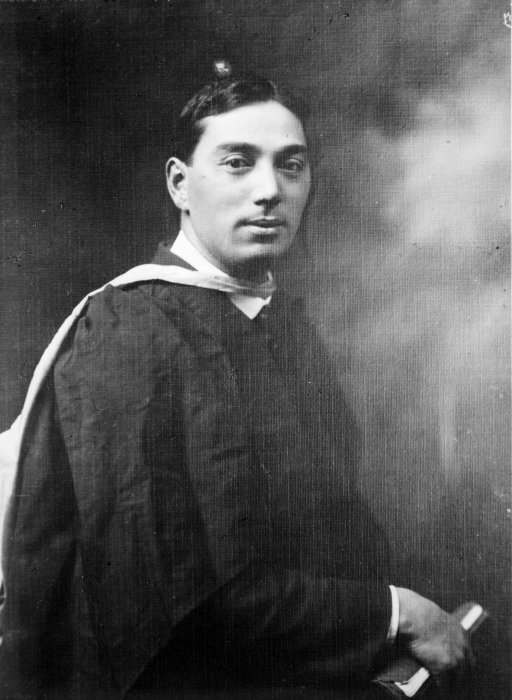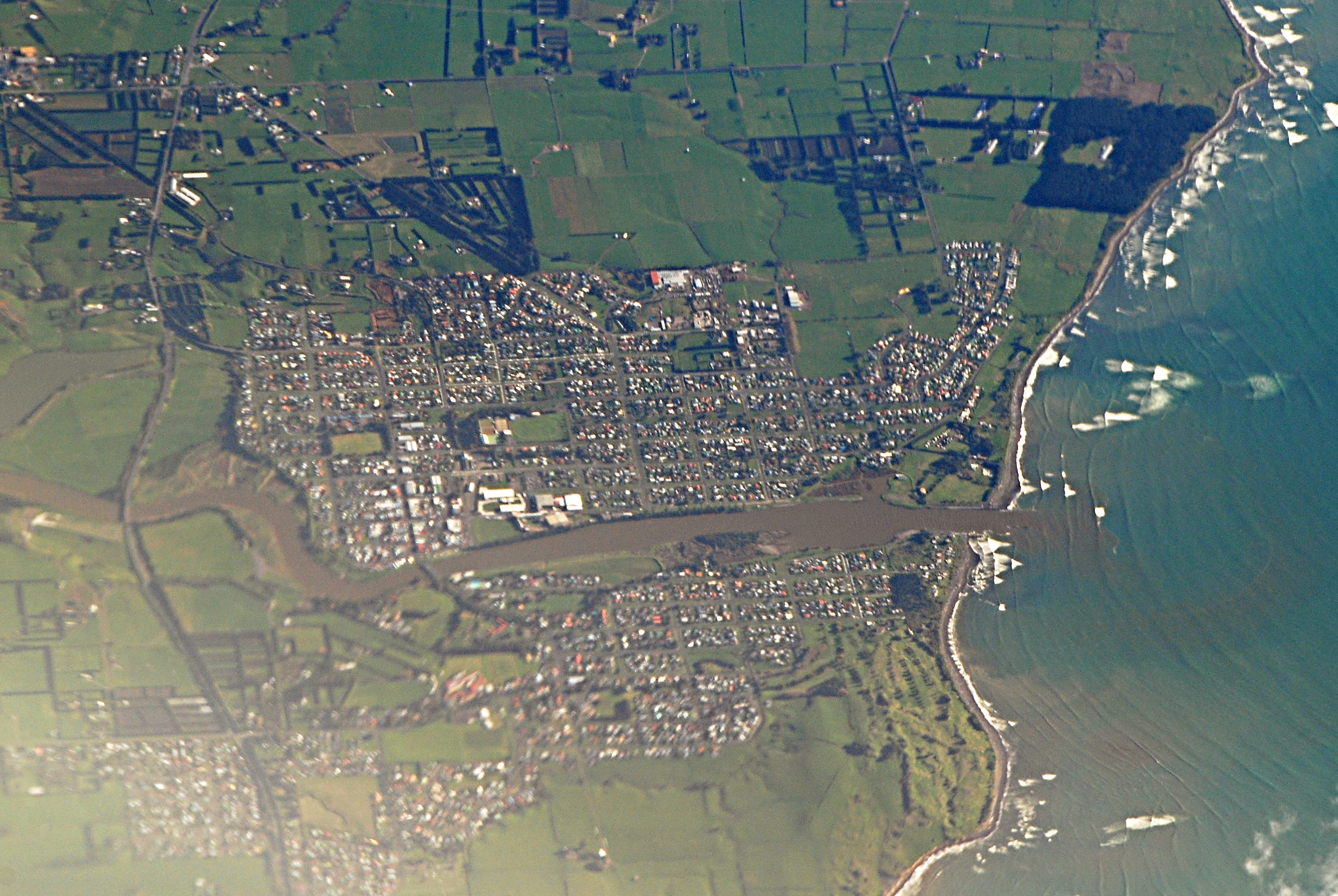|
Urenui
Urenui is a settlement in northern Taranaki, in the North Island of New Zealand. It is located on State Highway 3 close to the shore of the North Taranaki Bight, 13 kilometres east of Waitara and 6 km south-west of Mimi. The Urenui River flows past the settlement into the North Taranaki Bight. Etymology The New Zealand Ministry for Culture and Heritage gives a translation of "great courage" for , noting that courage is "a figurative expression". A fuller explanation is that the name was given by Manaia in honour of his well-endowed son. means "penis", and means "large". History The town was the site of the Urenui Redoubt, created in winter 1865 during the Second Taranaki War. Originally envisioned as a settlement for Māori loyal to the colonial government, however by 1866 it was decided that the town should be a settlement for soldiers. Demographics Urenui is defined by Statistics New Zealand as a rural settlement and covers . It is part of the wider Tikorangi stat ... [...More Info...] [...Related Items...] OR: [Wikipedia] [Google] [Baidu] |
Urenui Beach, New Zealand (4)
Urenui is a settlement in northern Taranaki, in the North Island of New Zealand. It is located on State Highway 3 close to the shore of the North Taranaki Bight, 13 kilometres east of Waitara and 6 km south-west of Mimi. The Urenui River flows past the settlement into the North Taranaki Bight. Etymology The New Zealand Ministry for Culture and Heritage gives a translation of "great courage" for , noting that courage is "a figurative expression". A fuller explanation is that the name was given by Manaia in honour of his well-endowed son. means "penis", and means "large". History The town was the site of the Urenui Redoubt, created in winter 1865 during the Second Taranaki War. Originally envisioned as a settlement for Māori loyal to the colonial government, however by 1866 it was decided that the town should be a settlement for soldiers. Demographics Urenui is defined by Statistics New Zealand as a rural settlement and covers . It is part of the wider Tikorangi s ... [...More Info...] [...Related Items...] OR: [Wikipedia] [Google] [Baidu] |
Te Rangi Hīroa
Sir Peter Henry Buck (ca. October 1877 – 1 December 1951), also known as Te Rangi Hīroa or Te Rangihīroa, was a New Zealand doctor, military leader, health administrator, politician, anthropologist and museum director. He was a prominent member of Ngāti Mutunga, his mother's Māori iwi. Early life Peter Buck was born in Urenui, New Zealand, the only child of Anglo-Irish immigrant William Henry Buck and Rina, a Māori woman. William's wife Ngarongo-ki-tua had been unable to have children and, in line with Māori custom, Rina, one of Ngarongo's relatives, became part of the household and produced a child for the couple. Rina died soon after Peter was born, and Ngarongo raised him as her own. He claimed to have been born in 1880, but the register of the primary school he attended records October 1877, which is likely to be correct. Te Rangi Hīroa was descended on his Māori (maternal) side from the Taranaki iwi of Ngāti Mutunga. In his teens, his elders gave him the nam ... [...More Info...] [...Related Items...] OR: [Wikipedia] [Google] [Baidu] |
Māui Pōmare
Sir Māui Wiremu Pita Naera Pōmare (1875 or 1876 – 27 June 1930) was a New Zealand doctor and politician, being counted among the more prominent Māori political figures. He is particularly known for his efforts to improve Māori health and living conditions. However, Pōmare's career was not without controversy: he negotiated the effective removal of the last of Taranaki Maori land from its native inhabitants – some 18,000 acres – in a move which has been described as the "final disaster" for his people. He was a member of the Ngati Mutunga iwi originally from North Taranaki; he later lived in Wellington and the Chatham Islands after the 1835 invasion. Early life The date of Pōmare's birth is unclear—school records give 24 August 1875 but other sources give 13 January 1876. He was born at a pa near Urenui in Taranaki. His father, Wiremu Naera Pōmare, was of Ngāti Mutunga descent and his mother, Mere Hautonga Nicoll, was of Ngāti Toa descent. His maternal grandmot ... [...More Info...] [...Related Items...] OR: [Wikipedia] [Google] [Baidu] |
Taranaki
Taranaki is a region in the west of New Zealand's North Island. It is named after its main geographical feature, the stratovolcano of Mount Taranaki, also known as Mount Egmont. The main centre is the city of New Plymouth. The New Plymouth District is home to more than 65 per cent of the population of Taranaki. New Plymouth is in North Taranaki along with Inglewood and Waitara. South Taranaki towns include Hāwera, Stratford, Eltham, and Ōpunake. Since 2005, Taranaki has used the promotional brand "Like no other". Geography Taranaki is on the west coast of the North Island, surrounding the volcanic peak of Mount Taranaki. The region covers an area of 7258 km2. Its large bays north-west and south-west of Cape Egmont are North Taranaki Bight and South Taranaki Bight. Mount Taranaki is the second highest mountain in the North Island, and the dominant geographical feature of the region. A Māori legend says that Mount Taranaki previously lived with the Tongariro, Ngaur ... [...More Info...] [...Related Items...] OR: [Wikipedia] [Google] [Baidu] |
Ngāti Mutunga
Ngāti Mutunga is a Māori iwi (tribe) of New Zealand, whose original tribal lands were in north Taranaki. They migrated from Taranaki, first to Wellington (with Ngāti Toa and other Taranaki Hāpu), and then to the Chatham Islands (along with Ngāti Tama) in the 1830s. The ''rohe'' of the iwi include Wharekauri (Chatham Island), Te Whanga Lagoon and Waitangi on Chatham Island, and Pitt Island, also part of the Chatham Islands. The principal marae are at Urenui in Taranaki, and on the Chatham Islands. The eponymous ancestor Mutunga, from whom Ngāti Mutunga claims its lineage, is a grandfather oToa-rangatira the eponymous ancestor of the Ngāti Toa tribe. “Mai Titoki ki Te Rau o Te Huia” saying, mentions their northern boundary with Ngāti Tama (Titoki), and southern boundary with Te Āti Awa (Te Rau o Te Huia). History Leaving Taranaki for Wellington The original tribal lands in north Taranaki were invaded by Waikato tribes during the Musket Wars after a series of longs ... [...More Info...] [...Related Items...] OR: [Wikipedia] [Google] [Baidu] |
Tikorangi
Tikorangi is a settlement in Taranaki, New Zealand. Waitara lies about 6 kilometres to the north-west. The Waitara River flows to the west of the settlement, with the Bertrand Road suspension bridge providing access to the other side. The Mangaemiemi or Otaraua Marae and Te Ahi Kaa Roa meeting house are a local meeting place for Otaraua, a hapū of Te Āti Awa. Tikorangi was the site of the Tikorangi Redoubt, a British military post set up in June 1865 during the Second Taranaki War. Tikorangi's ''Jury Garden'' has been awarded the highest rating by the New Zealand Gardens Trust: ''Garden of National Significance''. It is open to the public for part of the year. Demographics The Tikorangi statistical area covers and also includes Motunui, Onaero and Urenui. It had a population of 1,902 at the 2018 New Zealand census Eighteen or 18 may refer to: * 18 (number), the natural number following 17 and preceding 19 * one of the years 18 BC, AD 18, 1918, 2018 Film, television ... [...More Info...] [...Related Items...] OR: [Wikipedia] [Google] [Baidu] |
Mimi, New Zealand
Mimi is a locality in northern Taranaki, in the North Island of New Zealand. It is located on State Highway 3 close to the shore of the North Taranaki Bight, 6 kilometres north-east of Urenui and 26 km south-west of Ahititi. The Mimi River flows past the settlement into the North Taranaki Bight. Marae Pukearuhe Marae is located on the Mimi coast. It features the Tama Ariki meeting house, and is affiliated with the tribe of Ngāti Tama. In October 2020, the Government committed $103,310 from the Provincial Growth Fund Shane Geoffrey Jones (born 3 September 1959) is a New Zealand politician. He served as a New Zealand First list MP from 2017 to 2020 and was previously a Labour list MP from 2005 to 2014. Jones was a cabinet minister in the Fifth Labour Gove ... to upgrade the marae, creating an estimated 25 jobs. Education Mimi School is a coeducational contributing primary (years 1–6) school with a decile rating of 4 and a roll of 27. Notes External links Mimi ... [...More Info...] [...Related Items...] OR: [Wikipedia] [Google] [Baidu] |
Waitara, New Zealand
Waitara is a town in the northern part of the Taranaki region of the North Island of New Zealand. Waitara is located just off State Highway 3, northeast of New Plymouth. Waitara was the site of the outbreak of the Taranaki Wars in 1860 following the attempted purchase of land for British settlers from its Māori owners. Disputes over land that was subsequently confiscated by the Government continue to this day. The commonly accepted meaning of the name Waitara is "mountain stream", though Maori legend also states that it was originally Whai-tara—"path of the dart". In 1867 the settlement was named Raleigh, after Sir Walter Raleigh. It reverted to its former name with the establishment of the borough of Waitara in 1904. History and culture Early history Prior to European colonisation, Waitara lay on the main overland route between the Waikato and Taranaki districts. Vestiges of numerous pā on all strategic heights in the district indicate close settlement and closely c ... [...More Info...] [...Related Items...] OR: [Wikipedia] [Google] [Baidu] |
New Zealand State Highway 3
State Highway 3 (SH 3) is one of New Zealand's eight national state highways. It serves the west coast of the country's North Island and forms a link between State Highway 1 and State Highway 2. Distances are measured from north to south. For most of its length SH 3 is a two-lane single carriageway, with at-grade intersections and property accesses, both in rural and urban areas. History A Mokau – Awakino horse track was widened to a dray track about 1897. It was then possible for a horse and buggy to cover the – now 162 km – from New Plymouth to Te Kuiti in 17½ hours. The first car to traverse the route from Auckland to New Plymouth seems to have been an 8 hp Cadillac in 1905, though Otorohanga to Te Kuiti was by train and, between Awakino and Mokau, a horse assisted on the beach. A 1910 Te Kuiti meeting called for metalling of the road to Awakino. Mount Messenger Tunnel opened in 1916 and its single lane was enlarged about 1983. £3,000 (2016 equi ... [...More Info...] [...Related Items...] OR: [Wikipedia] [Google] [Baidu] |
Taranaki Region
Taranaki is a region in the west of New Zealand's North Island. It is named after its main geographical feature, the stratovolcano of Mount Taranaki, also known as Mount Egmont. The main centre is the city of New Plymouth. The New Plymouth District is home to more than 65 per cent of the population of Taranaki. New Plymouth is in North Taranaki along with Inglewood and Waitara. South Taranaki towns include Hāwera, Stratford, Eltham, and Ōpunake. Since 2005, Taranaki has used the promotional brand "Like no other". Geography Taranaki is on the west coast of the North Island, surrounding the volcanic peak of Mount Taranaki. The region covers an area of 7258 km2. Its large bays north-west and south-west of Cape Egmont are North Taranaki Bight and South Taranaki Bight. Mount Taranaki is the second highest mountain in the North Island, and the dominant geographical feature of the region. A Māori legend says that Mount Taranaki previously lived with the Tongariro, Ngaur ... [...More Info...] [...Related Items...] OR: [Wikipedia] [Google] [Baidu] |





